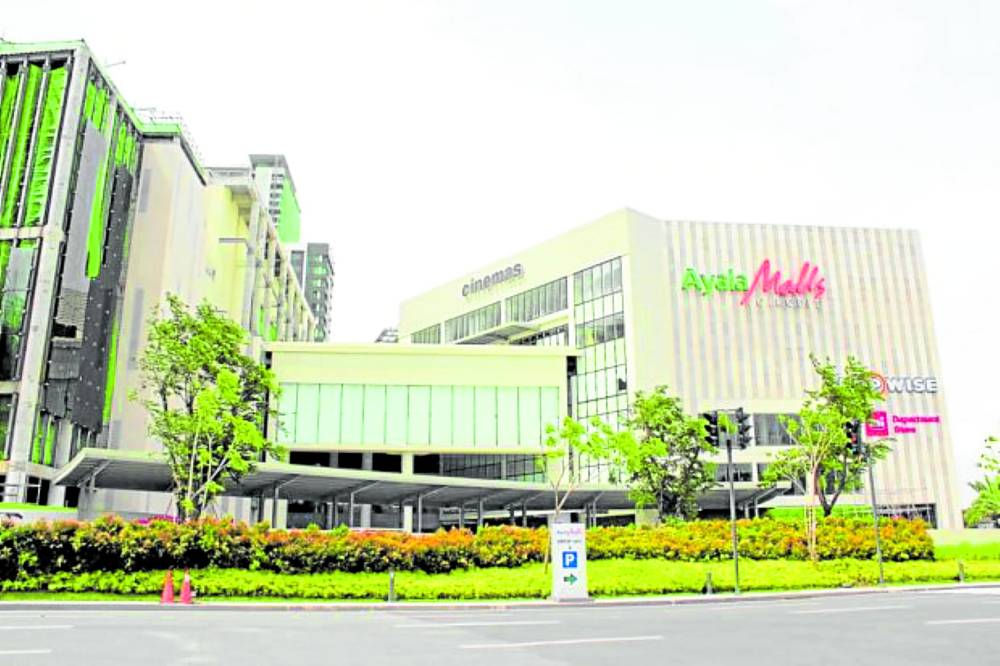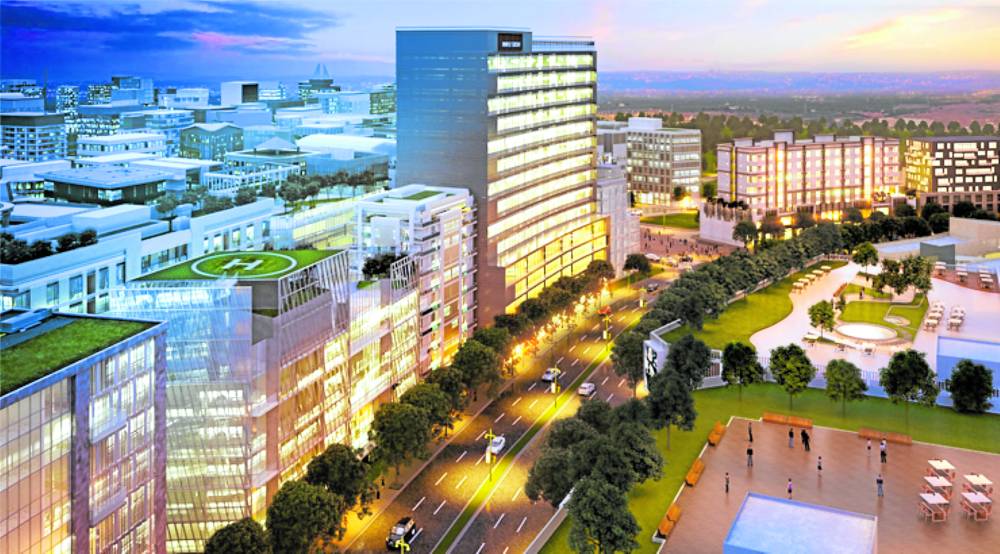Retail makes a strong comeback, demand for office space picks up
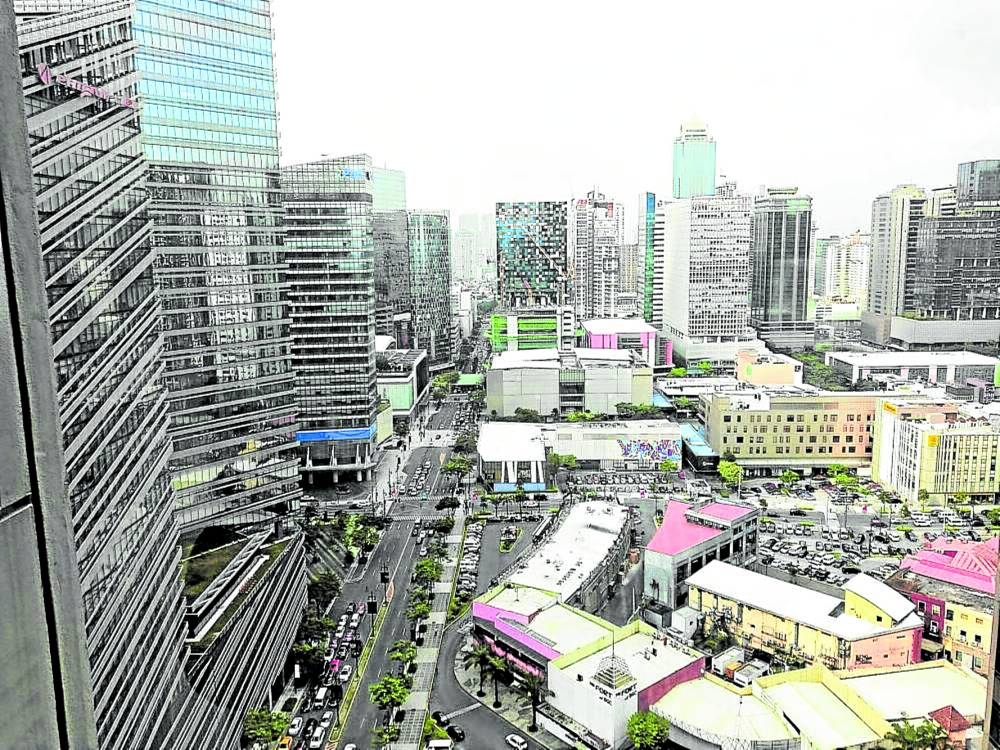
The office property market, meanwhile, has seen demand generally picking up amid the so-called ‘great return to office.’
The retail property sector is seen to bounce back in 2022, with vacancy rates in Metro Manila malls projected to fall back to their pre-pandemic levels by yearend.
In a briefing earlier this week, officials from property consultancy firm Santos Knight Frank (SKF) said brick and mortar retail, which is among the hardest hit during the pandemic, is making a “strong comeback” as evident in the 4.6 percent vacancy rate recorded as of the second quarter, which is close to the 3.6 percent rate seen in the fourth quarter of 2019. Average retail lease rates have likewise improved in the second quarter, which are only 4.4 percent lower compared to the rates as of the fourth quarter of 2019.
Although the Philippines’ commercial real estate sectors are seeing return of activity, the most significant was noted in retail. SKF attributes this recovery to the easing of travel restrictions, pent-up demand for consumption, high vaccination rates and the return to office (RTO) mandate.
Jan Custodio, SKF senior director and head of research and consultancy, said that the retail sector is seen to reach pre-pandemic levels “towards the end of the year barring any new variants coming in and stymieing people’s drive to go out. We’re seeing a lot of people flocking to the malls… after being locked up at the house for the last two years. (Another) key element is to get the public transport up and (going) to get retail to its pre-pandemic vacancy levels.”
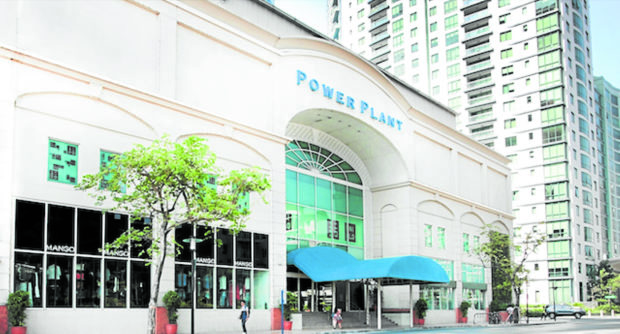
Officials from Santos Knight Frank said brick and mortar retail, which is among the hardest hit during the pandemic, is making a ‘strong comeback.’
Food and beverage (F&B) and fashion are expected to lead the demand for retail space as these account for two in every three upcoming stores in Metro Manila.
The office property market, meanwhile, has seen a pick up in demand amid the so-called “great return to office.” However, it is unlikely to reach pre-pandemic levels within the year, said Morgan McGilvray, senior director for Occupier Strategy & Solutions at SKF.
“Q2 was the first quarter for many employees to return to the office. With that, we also saw an increase in leasing activity for the first time in a while. However, with 228,500 sqm of new office space also added to the market in Q2, the Metro Manila vacancy rate still rose to 23 percent,” McGilvray said.
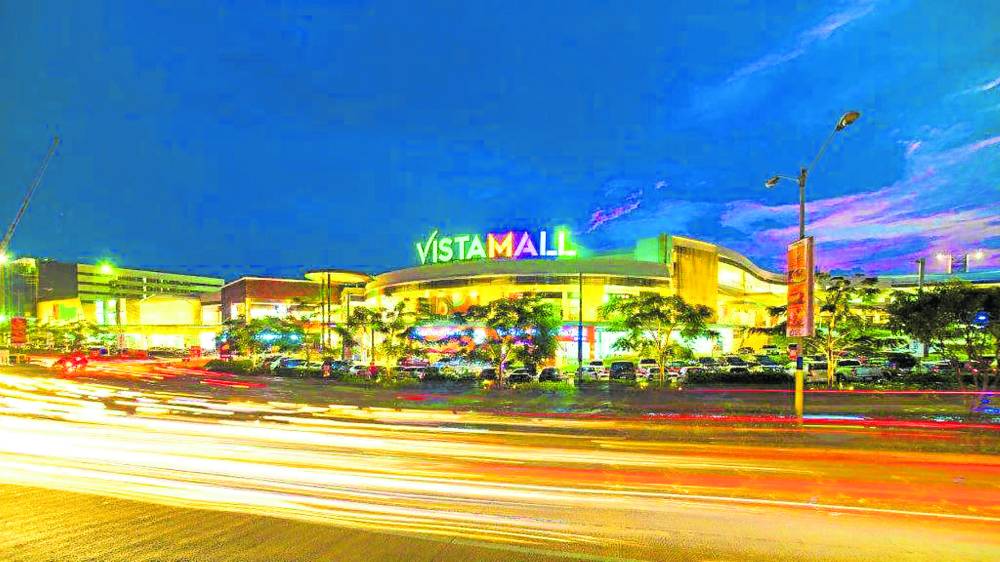
Retail is seen to reach pre-pandemic levels ‘towards the end of the year barring any new variants coming in.’
He pointed out that prior to the pandemic, the office property market has seen demand coming from business process outsourcing firms (BPO) and Philippine offshore gaming operators (Pogos).
“(During the pandemic), the Pogo demand is not there. BPO demand is getting better. But there is no evidence that it’s going to be the kind of 2018-2019 levels just because the demand is picking up in the second quarter. We will start to see more of it in the latter half of this year but I’m not sure we’re going to get (to pre-pandemic levels) in 2022,” he explained.
SKF chairman and CEO Rick Santos added that BPOs will still be the key source of demand for office space, with outsourcing from the West expected to grow, despite the local and global headwinds. The current exchange rate between the Philippine peso and US dollar, he said, is a positive trend for the outsourcing and offshoring sectors.
The current level of exchange rate also makes the Philippines more attractive compared to other countries with strong BPO industries.
Overall, SKF predicts that the Philippine property sector is likely to see significant recovery in the next two to three years as demand returns on both commercial and residential property.

